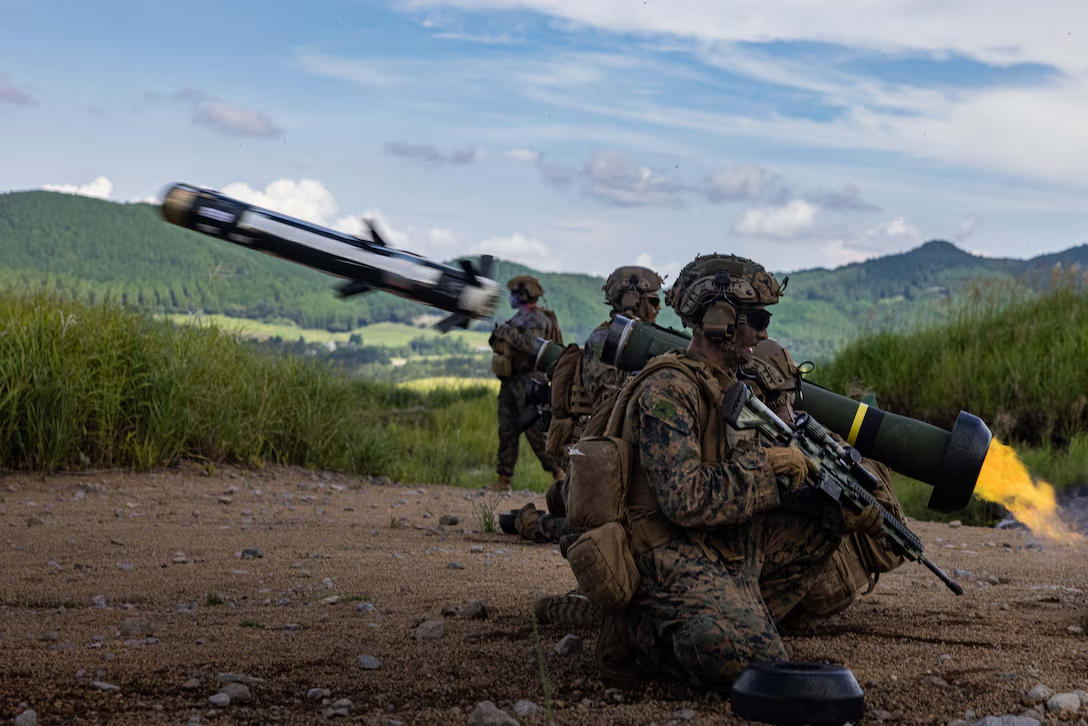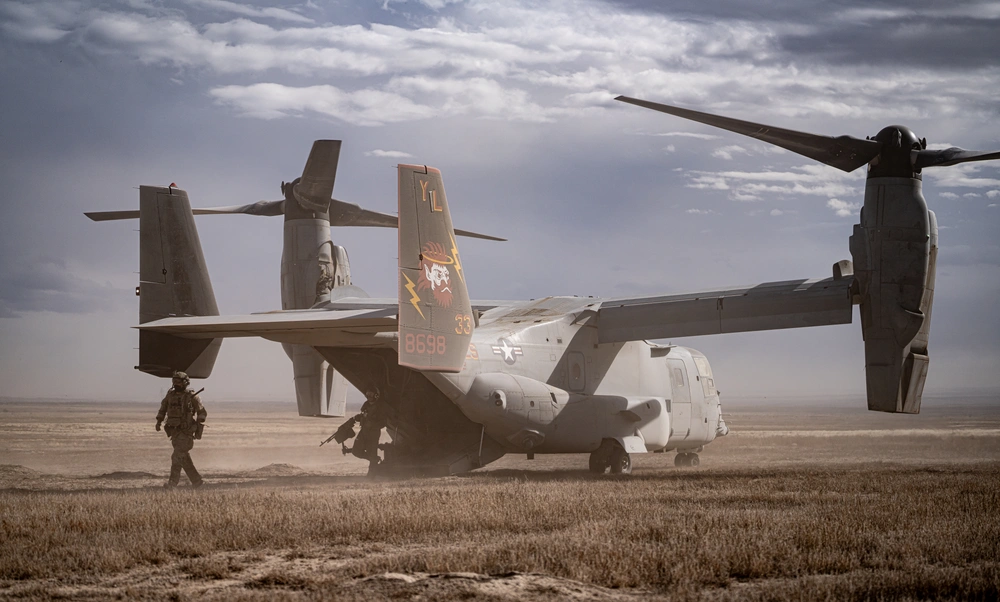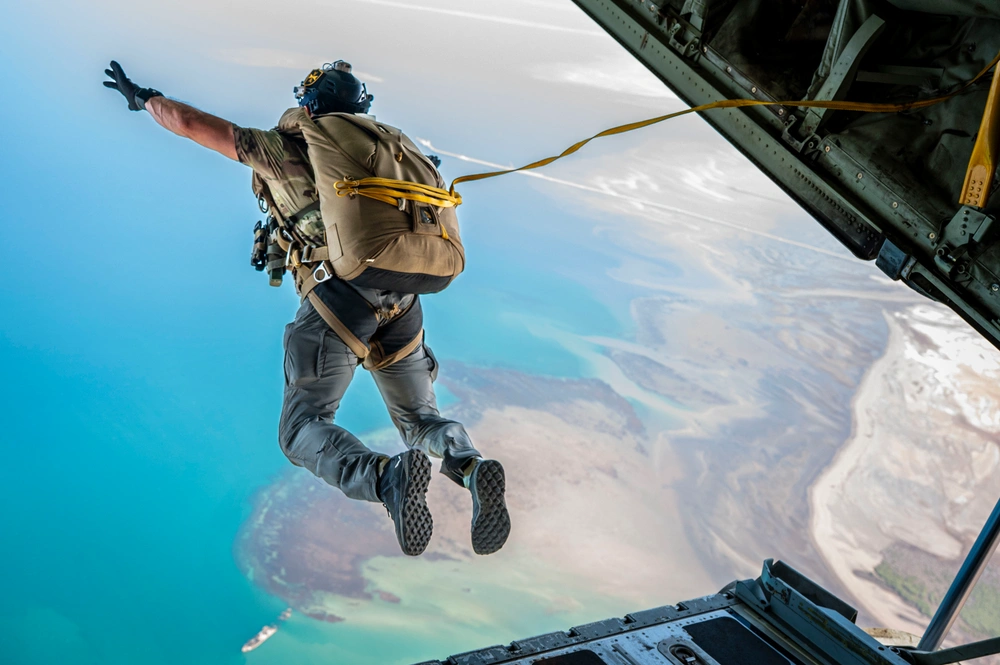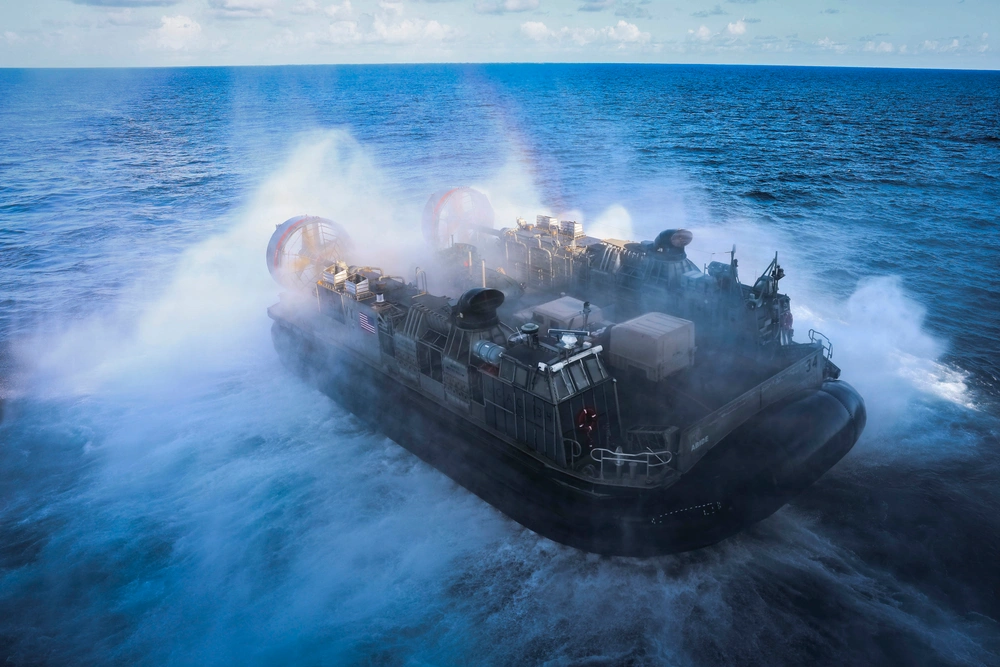- Details
- Hits: 217

HIJUDAI MANEUVER AREA, JAPAN (September 15, 2025): Marines fire an FGM-148 Javelin during Resolute Dragon 25. The U.S.-Japan exercise strengthens the countries' command, control and multidomain maneuver capabilities in key maritime terrain. Photo credit, Marine Corps Lance Cpl. Rodney Frye
- Details
- Hits: 1118

Since the 1960s, the “Me Generation” has gradually rebuilt American culture to take from others, avoid personal responsibility, and pursue self-gratification without duty.
But through it all has shone a bright spot.
America's veterans. Those who stepped up to protect and defend others. Those who gave the best years of their lives not living the good life at the mall or raking in the benefits taken from others, but raising families on meager military salaries in hard circumstances not of their own making, in order to protect others.
An example to all. They were always there for America.
Keeping the dark forces at bay. All American’s should follow their example. The character of America’s veterans, servicemen, and servicewomen has been a constant through all the social flux. They sign-up to do good for others. And when they return to civilian life they are often found continuing to do good for others.
Their hand is not out, except to help you up.
To do good. To build up. To better. To improve. To create.
You don't have to be brave enough to offer your hand. But when you're standing in line and see someone wearing something that shows they’re a veteran, you can easily look at them and simply say “thank you for protecting me and my family.”
It's the right thing to do. A step in the right direction. To acknowledge their hard work on your behalf.
To show them you were worthy of their efforts.
- Details
- Hits: 572

FORT CARSON, COLORADO, UNITED STATES, (October 23, 2025): U.S. Army Denver Recruiting Battalion. U.S. Army Soldiers assigned to Bravo Company, 3rd Battalion, 10th Special Forces Group (Airborne), conduct complex mounted and dismounted live fire exercise at Fort Carson. Detachment Leaders gain experience on multi detachment operations, to include indirect fires, close air support, and medical evacuation utilizing ambulance exchange point coordination. This accumulating event leverage training acquired from the Special Forces Advanced Urban Combat Course, directly increasing operational lethality in high threat environments. (U.S. Army Photo by Lekendrick Stallworth)
- Details
- Hits: 312

DJIBOUTI, (October 25, 2025): 406th Air Expeditionary Wing. A U.S. Air Force pararescueman assigned to the 82nd Expeditionary Rescue Squadron leaps from a U.S. Marine Corps KC-130J Hercules cargo aircraft during jump proficiency training over East Africa. Training like this hones combat effectiveness and ensures the squadron remains ready to respond anywhere, anytime. (U.S. Air Force photo by Staff Sgt. Christian Silvera)
- Details
- Hits: 276

TURKS AND CAICOS ISLANDS, (September 21, 2025): A overloaded Haitian sailing vessel underway approximately 40 miles east of Great Inagua, The Bahamas. A forward deployed U.S. Coast Guard Aviation Training Center HC-144 Ocean Sentry aircrew spotted the vessel during a routine surveillance flight along the Florida Straits. (U.S. Coast Guard photo)
- Details
- Hits: 362

CARIBBEAN SEA (October 15, 2025): A landing craft, air cushion, assigned to Assault Craft Unit 4, departs from the well deck of the Wasp-class amphibious assault ship USS Iwo Jima (LHD 7) while underway in the Caribbean Sea. U.S. military forces are deployed to the Caribbean in support of the U.S. Southern Command mission, Department of War-directed operations, and the president’s priorities to disrupt illicit drug trafficking and protect the homeland. (U.S. Navy photo by Mass Communication Specialist Seaman Andrew Eggert)
- 22ND MEU CONDUCTS A LIVE FIRE EXERCISE
- U.S. FORCES STRIKE ELN‑LINKED VESSEL IN USSOUTHCOM WATERS
- 386TH COMMANDER BATTLEFIELD CIRCULATION
- NAVAL SPECIAL WARFARE PARTICIPATES IN TITANS OF THE SEA PRESIDENTIAL REVIEW
- F-22 RAPTOR IGNITES THE SKY AT NAS OCEANA
- COAST GUARD CUTTER MOHAWK RETURNS HOME AFTER 75-DAY MARITIME BORDER SECURITY PATROL


